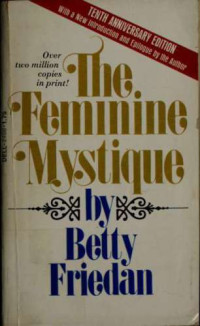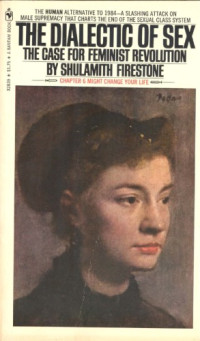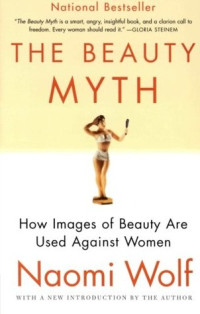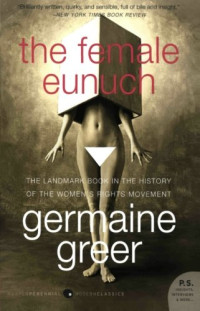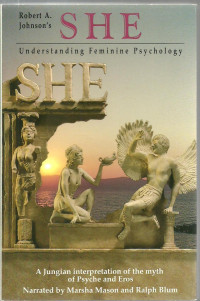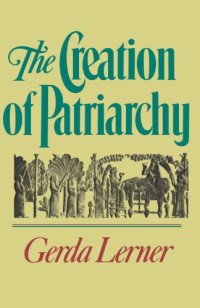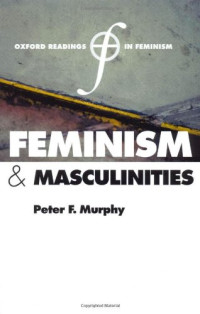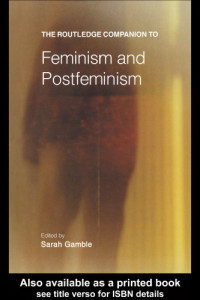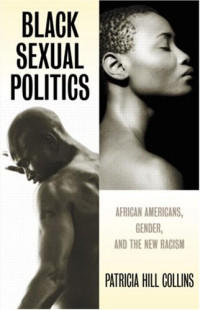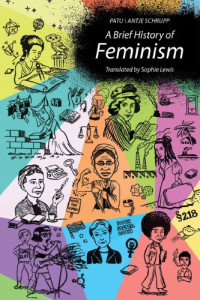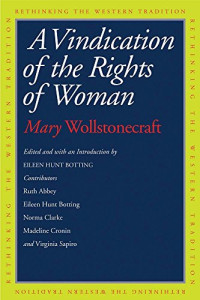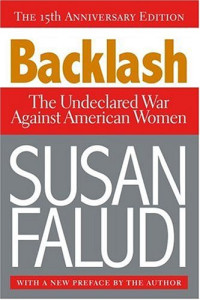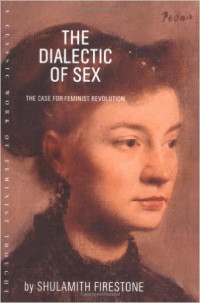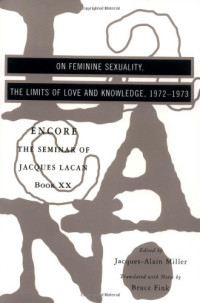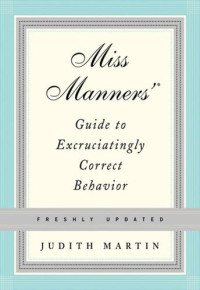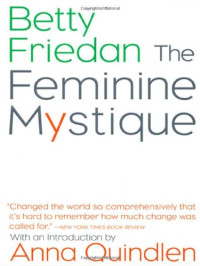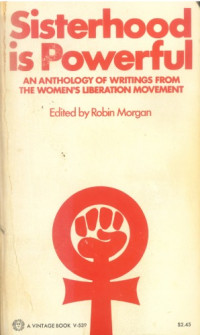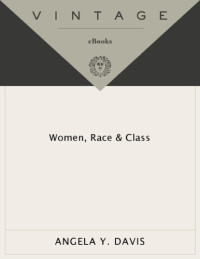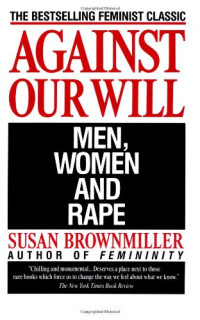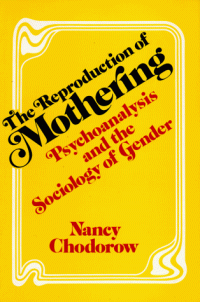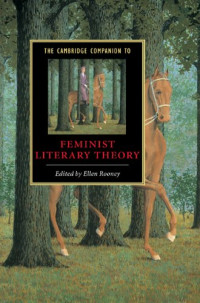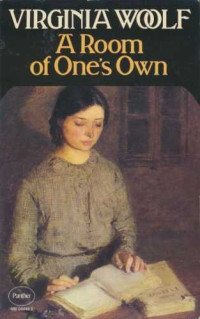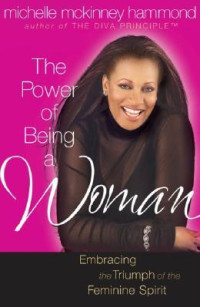- Main
- Biography & Autobiography
- The Feminine Mystique.

The Feminine Mystique.
Betty Friedan你有多喜欢这本书?
下载文件的质量如何?
下载该书,以评价其质量
下载文件的质量如何?
This title presents an analysis of the position of women in Western society. When published in 1963 it met with an enormous response and led to Friedan being called the mother of the new feminist movement.
内容类型:
书籍年:
1977
出版:
2nd Printing
出版社:
Independely Published
语言:
english
页:
420
ISBN 10:
0440124980
ISBN 13:
9780440124986
文件:
PDF, 67.57 MB
您的标签:
IPFS:
CID , CID Blake2b
english, 1977
在1-5分钟内,文件将被发送到您的电子邮件。
该文件将通过电报信使发送给您。 您最多可能需要 1-5 分钟才能收到它。
注意:确保您已将您的帐户链接到 Z-Library Telegram 机器人。
该文件将发送到您的 Kindle 帐户。 您最多可能需要 1-5 分钟才能收到它。
请注意:您需要验证要发送到Kindle的每本书。检查您的邮箱中是否有来自亚马逊Kindle的验证电子邮件。
正在转换
转换为 失败
关键词
关联书单
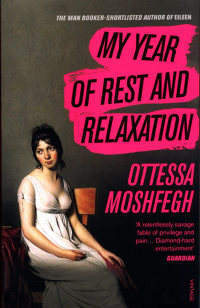

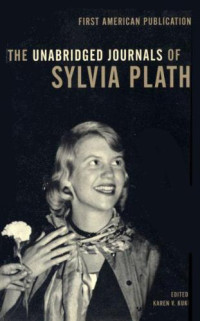


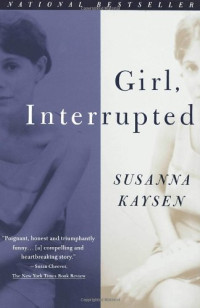

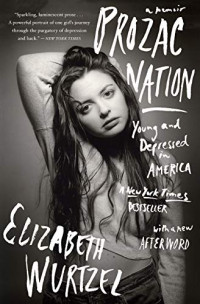
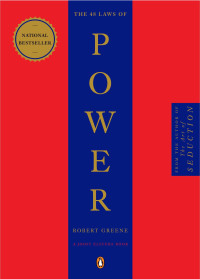
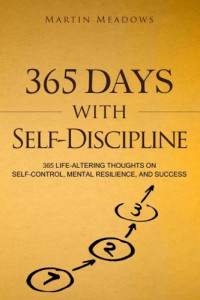

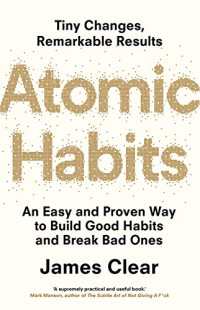
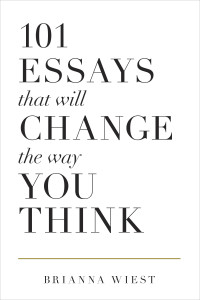
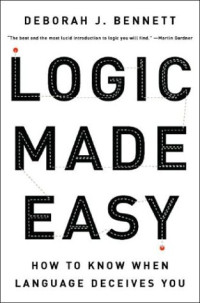
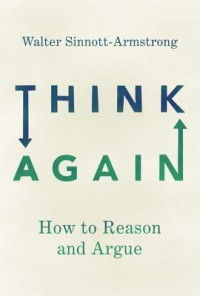

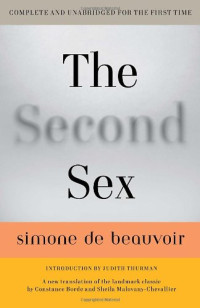

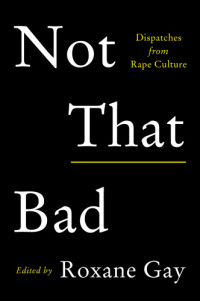
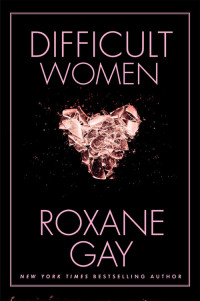
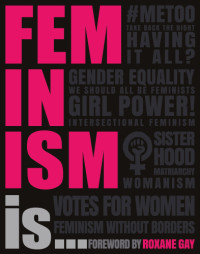
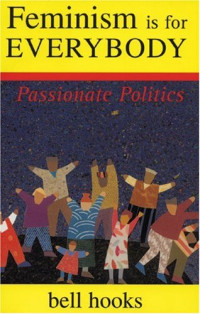
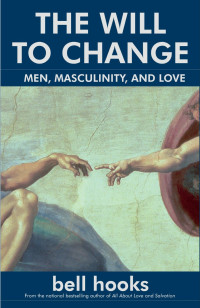
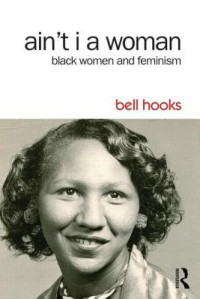
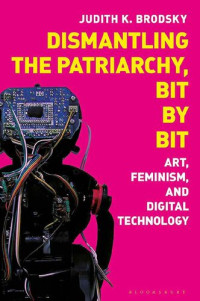
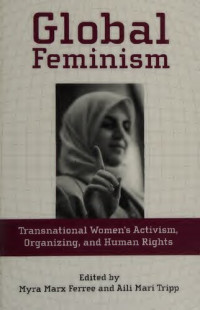
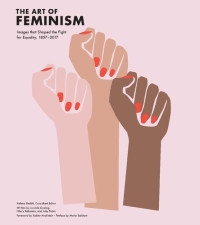



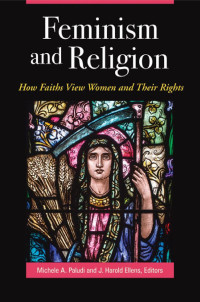

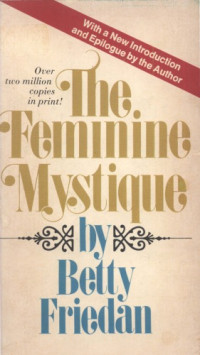
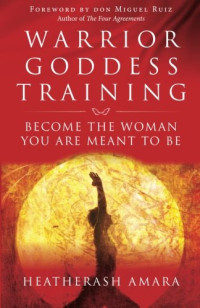
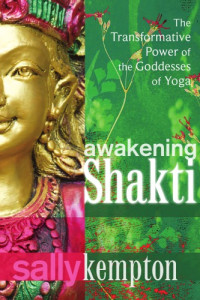
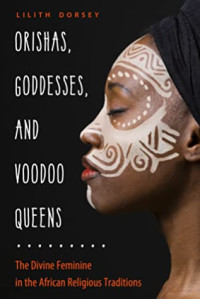
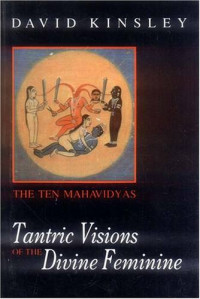
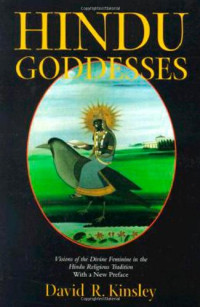
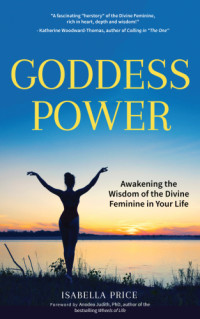
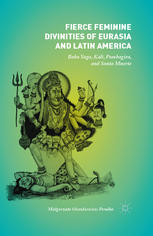
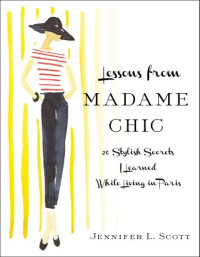

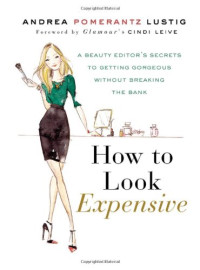

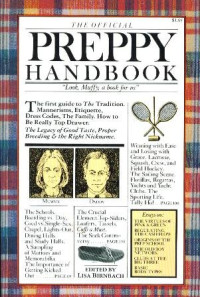

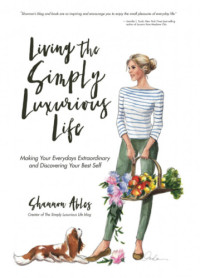
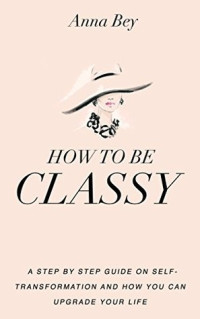

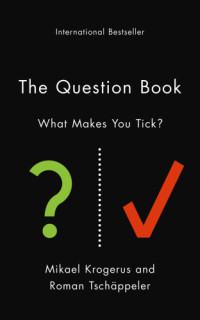
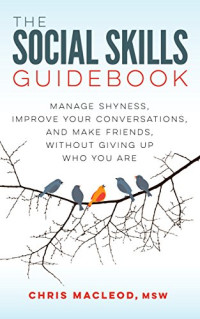
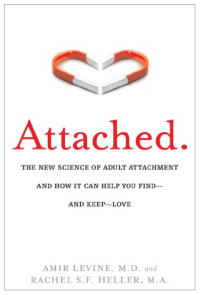

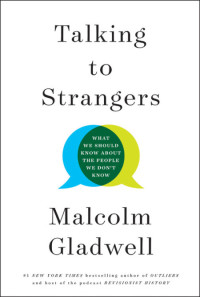
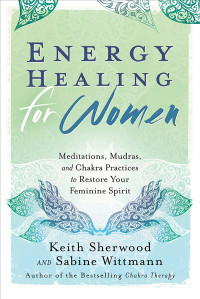



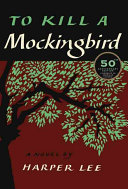





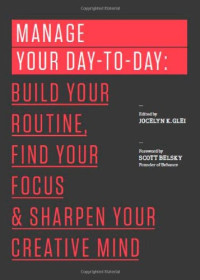


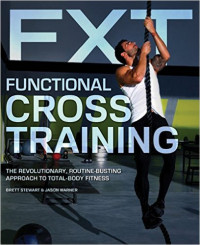
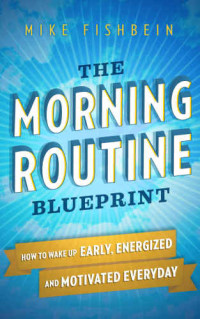

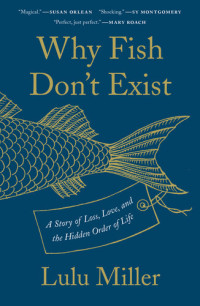

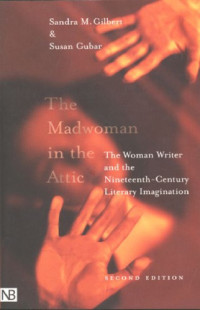

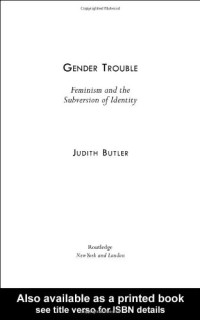
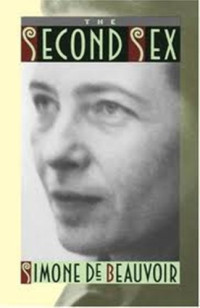
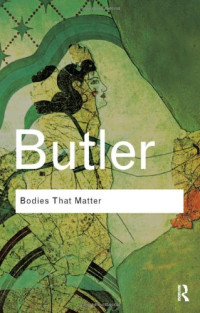
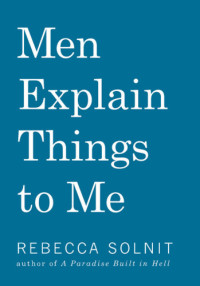
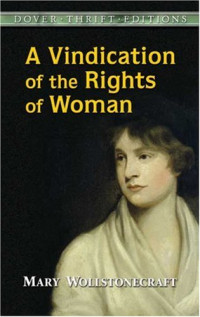
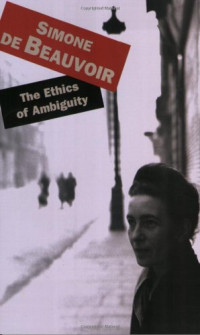
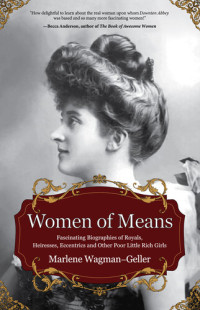
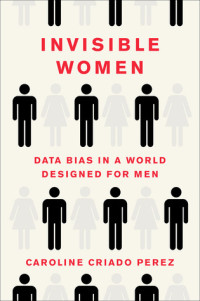
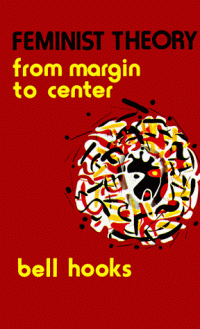


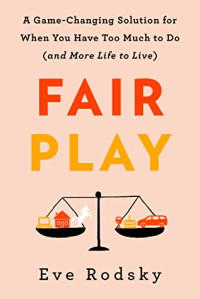
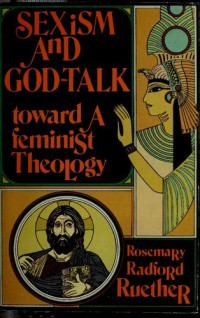
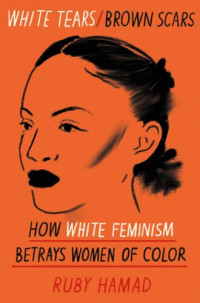
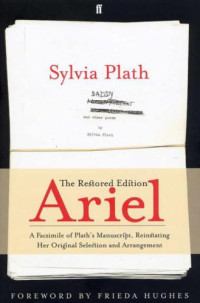
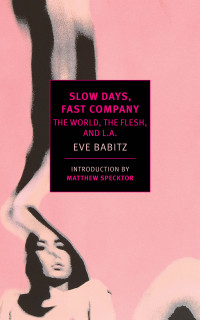


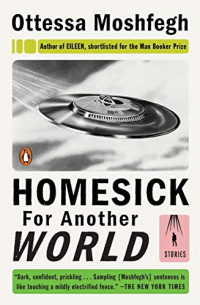


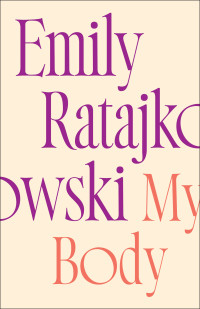
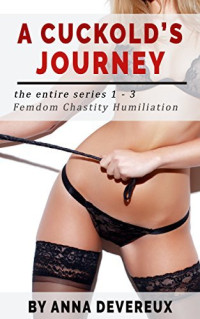








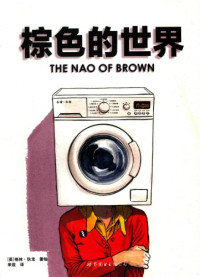


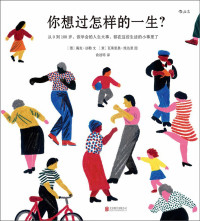






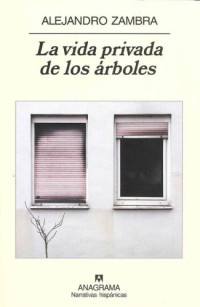


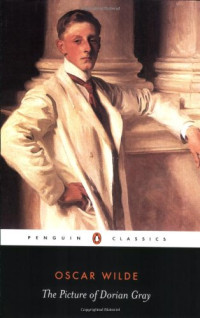

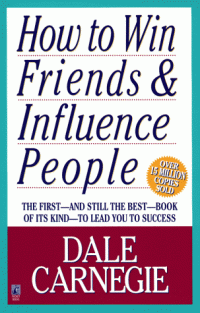
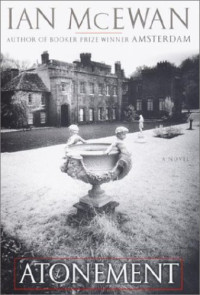







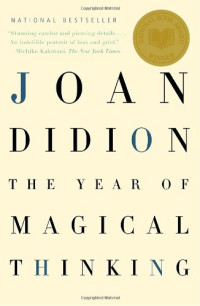


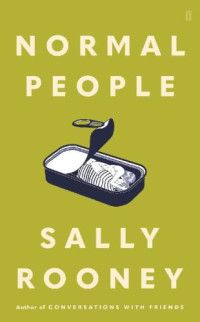


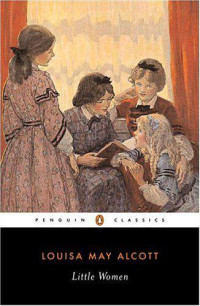


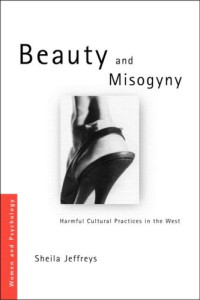



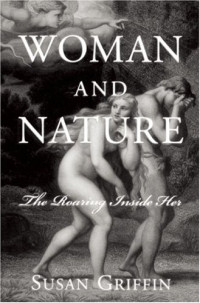
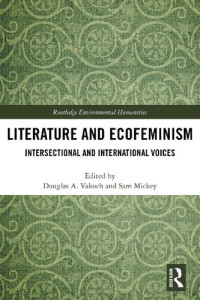
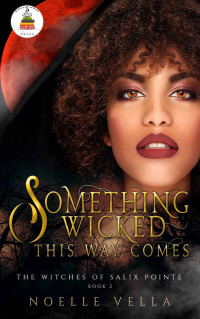











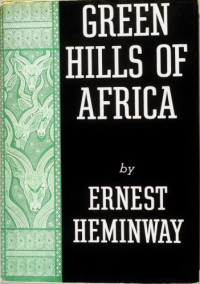
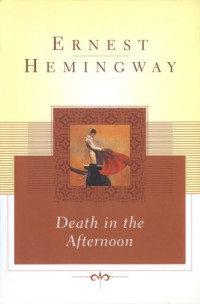
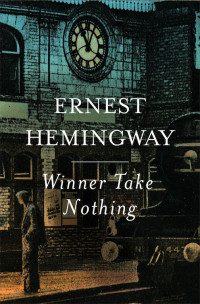
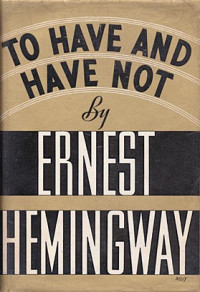

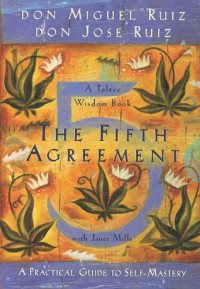

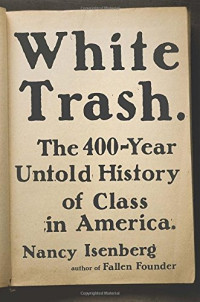

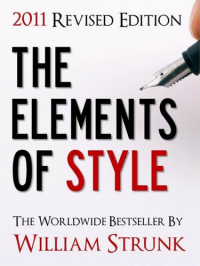
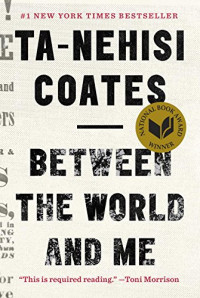
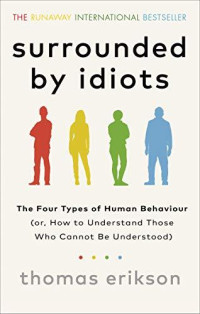
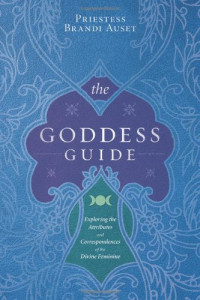
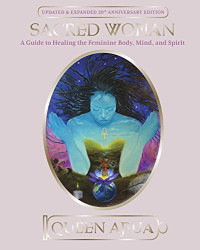
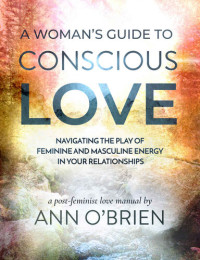



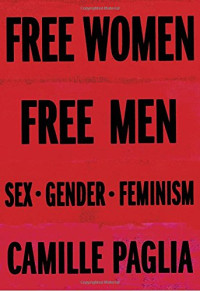
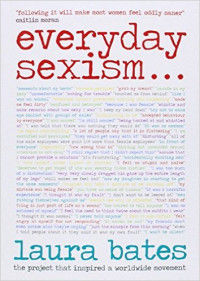
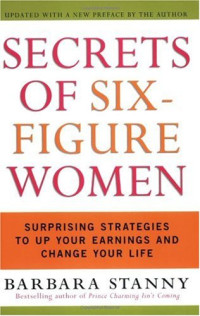
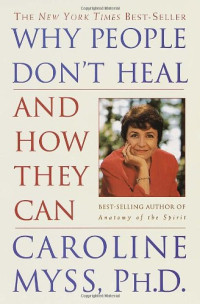
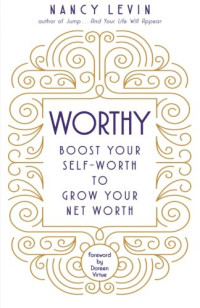
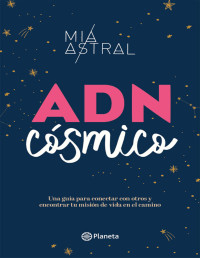
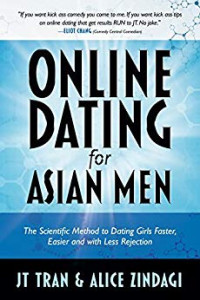

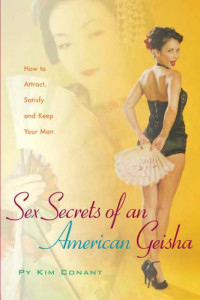
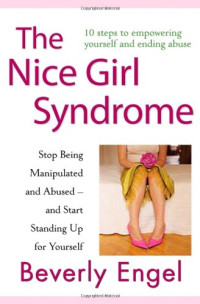


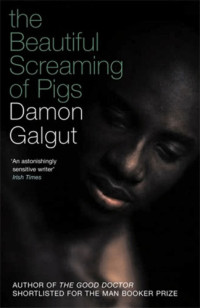


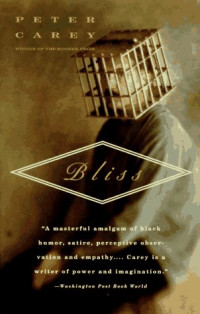



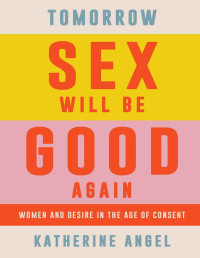

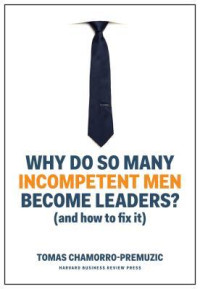
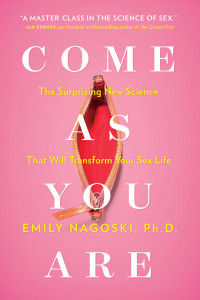
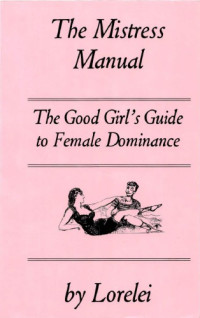
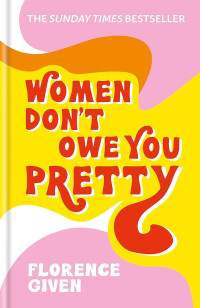

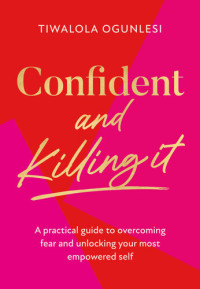
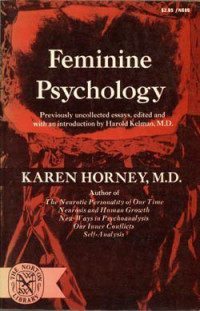
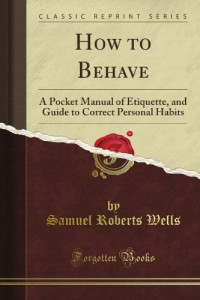


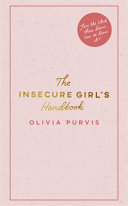
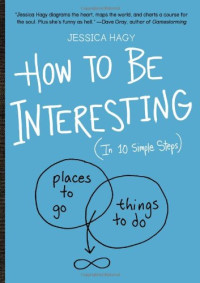

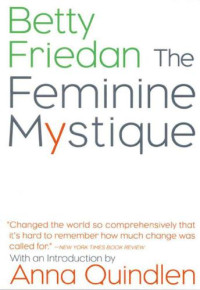
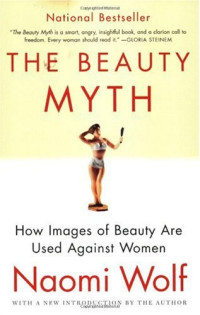
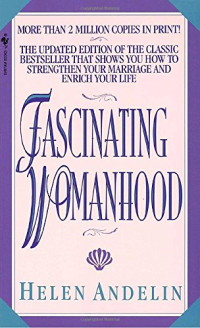

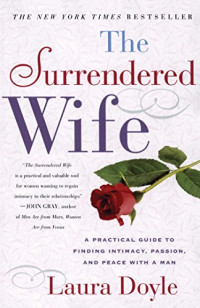
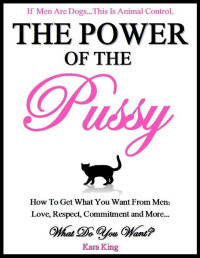

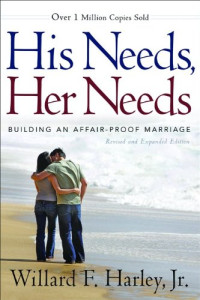


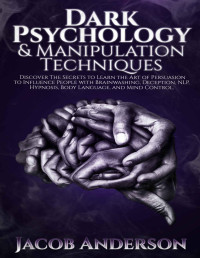
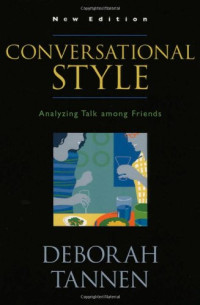

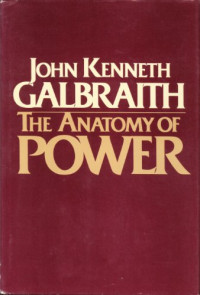

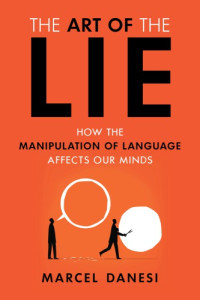
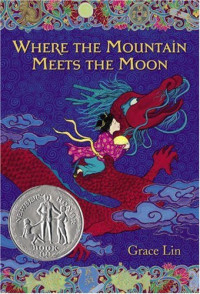

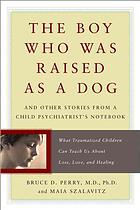
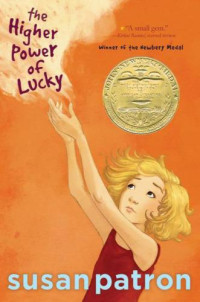

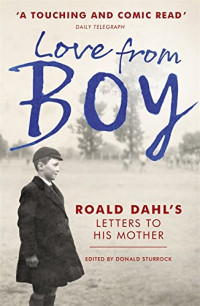










8.
om 018
•
I n6
~~ by~·"
Botty .
Friodan
"THE BOOK WE WERE WAITING FOR . . . THE
WISEST, SANEST, SOUNDEST, MOST UNDERSTAND·
ING AND COMPASSIONATE TREATMENT OF AMERI·
CAN WOMAN'S GREATEST PROBLEM."
-Ashley Montagu
"This is one of those rare books we are
endowed with only once in several decades;
a volume which launches a major social
movement, toward a more humane and
just society. Betty Friedan is a liberator of
women and men."
-Amitai Etzioni,
Chairman, Department of Sociology,
Columbia University
"The most important book of the twentieth
century . . . Betty Friedan is to women
what Martin Luther King was to blacks."
-Barbara Seaman, author of Free and Female
"It states the trouble with women so clearly
that every woman can recognize herself.
. . . Things are different between men and
women because we now have words for the
trouble. Betty gave them to us."
-Caroline Bird, author of
Everything a Woman Needs to Know
to Get Paid What She's Worth
o .
'Fomlnino ,
~tiquo
~
. ·~~by~~· .
Botty
Friodan
With aNew Introduction and Epilogue
by the Author
A DELL BOOK
~
I:
1'
~.
t
Published by
DELL PUBLISHING CO., INC.
1 Dag Hammarskjold Plaza
New York, New York 10017
Copyright © 1974, 1963 by Betty Friedan
Selections from this book have appeared in
Mademoiselle © 1962 by the Conde Nast Publications, Inc.,
Ladies' Home Journal © 1963 by Betty Friedan and
McCall's © 1963 by Betty Friedan.
Introduction and Epilogue first published in the
New York Times Magazine. Copyright © 1973 by
Betty Friedan.
All rights reserved. For information contact
W. W. Norton & Company, Inc.
New York, New York 10003
Dell ® TM 681510, Dell Publishing Co., Inc.
IBSN: 0-440-12498-0
Reprinted by arrangement with
W. W. Norton & Company, Inc.
Printed in the United States of America
Previous Dell Edition #2498
New Dell Edition
First printing-September 1977
Second printing-June 1979
I
I
For all the new women,
and the new men
CONTENTS
INTRODUCTION
1
PREFACE AND ACKNOWLEDGMENTS
7
ONE
THE PROBLEM THAT HAS NO NAME
11
TWO
THE HAPP; Y HOUSEWIFE HEROINE
28
THREE
THE CRISIS IN WOMAN'S IDENTITY
62
FOUR
THE PASSIONATE JOURNEY
73
FI VE
THE SEXUAL SOLIPSISM
OF SIGMUND FREUD
95
SIX
THE FUNCTIONAL FREEZE,
THE FEMININE PROTEST,
AND MARGARET MEAD
117
SEVEN
THE SEX-DIRECTED EDUCATORS
142"
I,,
f
!
EI GHT
THE MISTAKEN CHOICE
174
N I NE
THE SEXUAL SELL
191
TEN
HOUSEWIFERY EXPANDS TO
FILL THE TIME AVAILABLE
224
ELEVEN
THE SEX-SEEKERS
241
TWELVE
PROGRESSIVE DEHUMANIZATION:
THE COMFORTABLE CONCENTRATION CAMP
271
THIRTEEN
THE FORFEITED SELF
299
FOURTEEN
A NEW LIFE PLAN FOR WOMEN
326
EPILOGUE
365
NOTES
381
INDEX
409
INTRODUCTION
JO THE TENTH ANNIVERSARY EDITION
IT IS A DECADE NOW SINCE THE PUBLICATION OF
The Feminine Mystique, and until I started writing the
book, I wasn't even conscious of the woman problem.
Locked as we all were then in that mystique, which kept
us passive and apart, and kept us from seeing our real
problems and possibilities, I, like other women, thought
there was something wrong with me because I didn't have
an orgasm waxing the kitchen floor. I was a freak, writing
that book-not that I waxed any floor, I must admit, in
the throes of finishing it in 1963.
Each of us thou ht she was a freak ten ears a 0 if she
didn't expenence~~~ ~~ious or~ashc
ment the
Commercials prom;;;ed 3i/h;;; waxing the kitchen floor.
""HOWever much we enjoyed being Junior's and Janey"S or~
Emily's mother, or B.J.'s wife, if we still had amibitions,
ideas about ourselves as people in our own right-well,
we were simply freaks, neurotics, and we confessed our
sin or neurosis to priest or psychoanalyst, and tried hard
to adjust. We didn't admit it to each other if we felt there
should be more In hfe {han eanut-butter sandWIches WIth
e kids,
throwing power In 0
was ng mac ine
didn't make us relive our wedding night, if getting the
socks or shirts pure white was not exactly a peak experience, even if we did feel guilty about the tattletale gray.
Some of us (in 1963, nearly half of all women in the
United States) Were already commIftmg me UnpardObable
SIn of working outside the home to belp pay the mortgage
"or W'0cery tid!. Those who did felt guilty, too-about be~mg their femimmty, yndermining their husbands' masculImty, and neglecting their children by daring to work
for money at all, no matter how much it was needed.
They couldn't admit, even to themselves; that the:ll- resentt:..d being paid half what a man would have been paid for
2
THE FEMININE MYSTIQUE
the job, or always being passed over for promotion, or
writing the paper for which he got the degree and the
raise.
A suburban neighbor of mine named Gertie was having
coffee with me when the census taker came as I was writing The Feminine Mystique. "Occupation?" the census
taker asked, "Housewife," I said. Gertie, who had cheered
me on in my efforts at writing and seIling magazine articles, shook her head sadly. "You should take yourself
more seriously," she said. I hesitated, and then said to the
census taker, "Actually, I'm a writer." But, of course, I
then was, and still am, like all married women in America, no matter what else we do between 9 and 5, a housewife. Of co se single women di 't
"house. ".
the cens
e came around ut even ere ,
society was less interested in what these women were
~persons in the world than in askmg, "WhY lsn~
'IiiCegiIi like you married.:E And so they: too, were~
~ged to take themselves seriously.
It seems such a precarious accident that I ever wrote
the book at all-but, in another way, my whole life had
prepared me to write that book. All the pieces finally
came together. In 1957, getting strangely bored with writing articles about breast feeding and the like for Redbook
and the Ladies' Home Journal, I put an unconscionable
amount of time into a questionnaire for my fellow Smith
graduates of the class of 1942, thinking I was going
. ove the current notion that education had fitted us ill
for our ro e as women. But t e questionnaire raised more
questions than it answered for me-education had not exactly geared us to the role women he~ng tQ..PW. it
seemed. The suspicion arose as to weer it was the education or the role 'that was wrong. McCall's commissioned
an article based on my Smith alumnae questionnaire, but
the then male publisher of McCall's, during that great era
of togetherness, turned the piece down in horror, despite
underground efforts of female editors. The male McCall's
editors said it couldn't be true.
I was next commissioned to do the article for Ladies'
Home Journal. That time I took it back, because they
rewrote it to say just the opposite of what, in fact, I was
trying to say. I tried it again for Redbook. Each time I
was interviewing more women, psychologists, sociologists,
INTRODUCTION
3
marriage counselors, and the like and getting more and
-more sure I was on the track of something. But what? I
needed a name for whatever it was that kept us from
using our rights, that made us feel guilty about anything
we did not as our husbands' wives, our children's mothers,
but as people ourselves. I needed a name to describe that
guilt. uolike tbe guilt women used to feel about sexual
needs, the guilt they felt now was about needs
. ,
t e sexua e 1 on 0 women, the mystique of feminine fulfillment-the femmme mystique.
"The editor of Redbook told my agent, "Betty has gone
off her rocker. She has always done a good job for us, but
this time only the most neurotic housewife could
identify." I opened my agent's letter on the subway as I
was taking the kids to the pediatrician. I got off the subway to call my agent and told her, "I'll have to write a
book to get this into print." What I Was writing threatened the very foundations of the women's magazIne
World-the feminine mystique.
When Norton contracted for the book, I thought it
would take a year to finish it; it took five. I wouldn't have
even started it if the New York Public Library had not, at
just the right time, opened the Frederick Lewis Allen
Room, where writers working on a book could get a desk,
six months at a time, rent free. I got a baby-sitter three
days a week and took the bus from Rockland County to
the city and somehow managed to prolong the six months
to two years in the Allen Room, enduring much joking
from other writers at lunch when it came out that I was
writing a book about women. Then, somehow, the book
took me over, obsessed me, wanted to write itself, and I
took my papers home and wrote on the dining-room table,
the living-room couch, on a neighbor's dock on the river,
and kept on writing it in my mind when I stopped to take
the kids somewhere or make dinner, and went back to it
after they were in bed.
I have never experienced anything as powerful, truly
mystical, as the forces that seemed to take me over when
I was writing The Feminine Mystique. The book came
from somewhere deep within me and all my experience
came together in it: my mother's discontent, my own
training in Gestalt and Freudian psychology, the fellowship I felt guilty about giving up, the stint as a reporter
4
THE FEMININE MYSTIQUE
which taught me how to follow clues to the hidden
economic underside of reality, my exodus to the suburbs
and all the hours with other mothers shopping at supermarkets, taking the children swimming, coffee klatches.
Even the years of writing for women's magazines when it
was unquestioned gospel that women could identify with
nothing beyond the home-not politics, not art, not
science, not events large or small, war or peace, in the
United States or the world, unless it could be approached
through female experience as a wife or mother or translated into domestic detail I I could no longer write within
that framework. The book I was now writing challenged
the very definition of that universe-what I chose to call
the feminine mystique. Giving it a name, I knew that it
was not the only possible universe for women at all but an
unnatural confining of our energies and vision. But as I
began following leads and clues from women's words and
my own feelings, across psychology, sociology, and recent
history, tracing back-through the pages of the magazines
for which I'd written-why and how it happened, what it
was really doing to women, to their children, even to sex,
the implications became apparent and they were fantastic.
I was surprised myself at what I was writing, where it was
leading. After I finished each chapter, a part of me would
wonder, Am I crazy? But there was also a growing feeling
of calm, strong, gut-sureness as the clues fitted together,
which must be the same kind of feeling a scientist has
when he or she zeroes in on a discovery in one of those
true-science detective stories.
Qnly this was not just abstract and conceptual. It meant
tpat I and eyery other woman I knew had been hvmg a
lie,
all the doctors who treated us and the experts
WDostudie us were e etuatm
at Ie
ur omesa
sc 00 s an churches and politics and professions
were built around that lie. If women were really peopleno more, no less--then all the things that kept them from
being full people in our society would have to be changed.
And women, once they broke through the feminine mystique and took themselves seriously as people, would see
~the.i; place on a false pedestal, even their glorification as
sexual objects, for the putdown it was.
Yet if I had realized how fantastically fast that would
really happen-already in less than ten years' time--
INTRODUCTION
5
maybe I would have been so scared I might have stopped
writing. It's frightening when you're starting on a new
road that no one has been on before. You don't know
how far it's going to take you until you look back and realize how far, how very far you've gone. When the first
woman asked me, in 1963, to autograph The Feminine
Mystique, saying what by now hundreds-thousands, I
guess--of women have said to me, "It changed my whole
life," I wrote, "Courage to us all on the new road." Because there is no turning back on that road. It has to
change your whole life; it certainly changed mine.
Betty Friedan
New York, 1973
PREFACE AND ACKNOWLEDGMENTS
GRADUALLY, WITHOUT SEEING IT CLEARLY FOR QUITE
a while, I came to realize that something is very wrong with
the way American women are trying to live their lives today. I sensed it first as a question mark in my own life, as a
wife and mother of three small children, half-guiltily, and
therefore half-heartedly, almost in spite of myself, using
my abilities and education in work that took me away from
home. It was this personal question mark that led me, in
1957, to spend a great deal of time doing an intensive questionnaire of my college classmates, fifteen years after our
graduation from Smith. The answers given by 200 women
to, those intimate open-ended questions made me realize
that what was wrong could not be related to education in
the way it was then believed to be. The problems and satisfaction of their lives, and mine, and the way our education
had contributed to them, simply did not fit the image of
the modern American woman as she was written about in
women's magazines, studied and analyzed in classrooms and
clinics, praised and damned in a ceaseless barrage of words
ever since the end of World War II. There was a strange
discre anc between the real it of our lives as women and
the image to which we were try1Pg to cont rm, e unage
that I came to call the feminine mystique. I wondered if
other women faced this schizophrenic split, and what it
meant.
-And so I began to hunt down the origins of the feminine
mystique, and its effect on women who lived by it, or grew
up under it. My methods were simply those of a reporter
on the trail of a story, except I soon discovered that this
was no ordinary story. For the startling pattern that began
to emerge, as one clue led me to another in far-flung fields
of modern thought and life, defied not only the conventional image but basic psychological assumptions about women.
I found a few pieces of the puzzle in previolls studies of
women: but not many, for women in the past have been
studied in terms of the feminine mystique. The Mellon
study of Vassar women was provocative, SimonITeBean:-
8
THE FEMININE MYSTIQUE
)ii~g~t(~.trench ~m~.... the work of M!rra--Ko,A. . aslow, Alva Myrdal. I found even more
provocative the growing body of new psychological thought
on the question of man's identity, whose implications for
women seem not to have been realized. I found further
evidence by questioning those who treat women's ills and
problems. And I traced the growth of the mystique by talking to editors of women's magazines, advertising motivational researchers, and theoretical experts on women in the
fields of psychology, psychoanalysis, anthropology, sociology, and family-life education. But the puzzle did not begin
to fit together until I interviewed at some depth, from two
hours to two days each, eighty women at certain crucial
points in their life cycle---high school and college girls facing or evading the question of who they were; young housewives and mothers for whom, if the mystique were right,
there should be no such question and who thus had no
name for the problem troubling them; and women who
faced a jumping-off point at forty. These women, some tortured, some serene, gave me the final clues, and the most
damning indictment of the feminine mystique.
I could not, however, have written this book without the
assistance of many experts, both eminent theoreticians and
practical workers in the field, and, indeed, without the cooperation of many who themselves believe and have helped
perpetrate the feminine mystique. I was helped by many
present and former editors of women's magazines, including Peggy Bell, John English, Bruce Gould, Mary Ann Guitar, James Skardon, Nancy Lynch, Geraldine Rhoads, Robert Stein, Neal Stuart and Polly Weaver; by Ernest Dichter
and the staff of the Institute for Motivational Research; and
by Marion Skedgell, former editor of the Viking Press, who
gave me her data from an unfinished study of fiction heroines. Among behavioral scientists, theoreticians and thera, pists in the field, lowe a great debt to William Menaker
and John Landgraf of New York University, A. H. Maslow
of Brandeis, John Dollard of Yale, William J. Goode of
Columbia; to Margaret Mead; to Paul Vahamian of Teachers College, Elsa Siipola Israel and Eli Chinoy of Smith.
And to Dr. Andras Angyal, psychoanalyst of Boston, Dr.
Nathan Ackerman of New York, Dr. Louis English and Dr.
Margaret Lawrence of the Rockland County Mental Health
Center; to many mental health workers in Westchester
County, including Mrs. Emily Gould, Dr. Gerald Fountain,
PREFACE AND ACKNOWLEDGMENTS
9
Dr. Henrietta Glatzer and Marjorie Ilgenfritz of the Guidance Center of New Rochelle and the Rev. Edgar Jackson;
Dr. Richard Gordon and Katherine Gordon of Bergen
County, New Jersey; the late Dr. Abraham Stone, Dr. Lena
Levine and Fred Jaffe of the Planned Parenthood Association, the staff of the James Jackson Putnam Center in Boston, Dr. Doris Menzer and Dr. Somers Sturges of the Peter
Bent Brigham Hospital, Alice King of the Alumnae Advisory Center and Dr. Lester Evans of the Commonwealth
Fund. I am also grateful to those educators valiantly fighting the feminine mystique, who gave me helpful insights:
Laura Bornholdt of Wellesley, Mary Bunting of Radcliffe,
Marjorie Nicolson of Columbia, Esther Lloyd-Jones of
Teachers College, Millicent McIntosh of Barnard, Esther
Raushenbush of Sarah Lawrence, Thomas, Mendenhall of
Smith, Daniel Aaron and many other members of the
Smith faculty. I am above all grateful to the women who
shared their problems and feelings with me, beginning with
200 women of Smith, 1942, and Marion Ingersoll Howell
and Anne Mather Montero, who worked with me on the
alumnae questionnaire that started my search.
Without that superb institution, the Frederick Lewis Allen Room of the New York Public Library and its provision
to a writer of quiet work space and continuous access to
research sources, this particular mother of three might never have started a book, much less finished it. The same
might be said of the sensitive support of my publisher,
George P. Brockway, and my editor, Burton Beals, of
W. W. Norton & Company. In a larger sense, this book
might never have been written if I had not had a most unusual education in psychology, from Kurt KoiIka, Harold
Israel, Elsa Siipola and James Gibson at Smith; from Kurt
Lewin, Tamara Dembo, and the others of their group then
at Iowa; and from E. C. Tolman, Jean Macfarlane, Nevitt
Sanford and Erik Erikson at Berkeley-a liberal education,
in the best sense, which was meant to be used, though I
have not used it as I originally planned.
The insights, interpretations both of theory and fact, and
the implicit values of this book are inevitably my own. But
whether or not the answers I present here are final-and
there are many questions which social scientists must probe
further-the dilemma of the American woman is real. At
the present time, many experts, finally forced to recognize
this problem, are redoubling their efforts to adjust women
,-I
10
THE FEMININE MYSTIQUE
to it in terms of the feminine mystique. My answers may
disturb the experts and women alike, for they imply social
change. But there would be no sense in my writing this book
at all if I did not believe that women can affect society, as
well as be affected by it; that, in the end, a woman, as a
man, has the power to choose, and to make her own heaven
or hell.
Grandview, New York
June 1957-July 1962
ONE
THE PROBLEM THAT HAS NO NAME
THE PROBLEM LAY BURIED, UNSPOKEN, FOR MANY
years in the minds of American women. It was a strange
stirring, a sense of dissatisfaction, a yearning that women
suffered in the middle of the twentieth century in the United States. Each suburban wife struggled with it alone. As
she made the beds, shopped for groceries, matched slipcover material, ate peanut butter sandwiches with her children,
chauffeured Cub Scouts and Brownies, lay beside her husband at night-she was afraid to ask even of herself the silent question-HIs this all?"
For over fifteen years there was no word of this yearning in the millions of words written about women, for women, in all the columns, books and articles by experts telling
women their role was to seek fulfillment as wives and
mothers. Over and over women heard in voices of tradition
and of Freudian sophistication that they could desire no
greater destiny than to glory in their own femininity. Experts told them how to catch a man and keep him, how to
breast feed children and handle their toilet training, how to
cope with sibling rivalry and adolescent rebellion; how to
buy a dishwasher, bake bread, cook gourmet snails, and
build a swimming pool with their own hands; how to dress,
look, and act more feminine and make marriage more exciting; how to keep their husbands from dying young and
their sons from growing into delinquents. They were taught
to pity the neurotic, unfeminine, unhappy women who
wanted to be poets or physicists or presidents. They learned
that truly feminine women do not want careers, higher education, political rights-the independence and the opportunities that the old-fashioned feminists fought for. Some
women, in their forties and fifties, still remembered painfully giving up those dreams, but most of the younger women no longer even thought about them. A thousand expert
voices applauded their femininity, their adjustment, their
new maturity. All they had to do was devote their lives
12
THE FEMININE MYSTIQUE
from earliest girlhood to finding a husband and bearing
children.
By the end of th~ nineteen-fifties, the average marriage
age of women in America dropped to 20, and was still
dropping, into the teens. Fourteen million girls were engaged by 17. The proportion of women attending college in
comparison with men dtoppmg from 47 per cent m 1910t0
35 per cent in 1958. A century e~~ir, ~p. bad fougbt
im'1ii her educatIOn; now iris wen 0 co Ie e to t husban. y e mid-fifties, 60 per cent droppe out of college
ro-marry, or oecau:se they were afraid too much educatIon
-w6lIlObe a marriage bar. Colleges built dormitories for
"married students," but the students were almost always
the husbands. 4.yew degree was instituted for the wives·~Ph.T." (putting Husband Through).
Then American girls began ge~ married in high school.
And the women's magazines, deploring the unhappy statistics about these young marriages, urged that courses on
marriage, and marriage counselors, be installed in the high
schools. Girls started going steady at twelve and thirteen,
in junior high. Manufacturers put out brassieres with false
bosoms of foam rubber for little girls of ten. And an advertisement for a child's dress, sizes 3-6x, in the New York
Times in the fall of 1960, said: "She Too Can Join the
Man-Trap Set."
By the end of the fifties, the United States birthrate was
overtaking India's. The birth-control movement, renamed
Planned Parenthood, was asked to find a method whereby
women who had been advised that a third or fourth baby
would be born dead or defective might have it anyhow.
Statisticians were especially astounded at the fantastic increase in the number of babies among college women.
Where once they had two children, now they had four,
five, six. Women who had once wanted careers were now
making careers out of having babies. So rejoiced Lite magazine in a 1956 paean to the movement of American women back to the home.
In a New York hospital, a woman had a nervous breakdown when she found she could not breast feed her baby.
J-o-o.tll~ hospitals. women d~of cancer refused a.--drug
which research had provedl!!ight save their li~: i1S_ side
[ffects were said to be unfeminine~ "If I have only one life,
-letri,e live it as a blonde," a larger-than-life-sized picture of
a pretty, vacuous woman proclaimed from newspaper,
THE PROBLEM THAT HAS NO NAME
13
magazine, and drugstore ads. And across America, three
out of every ten women dyed their hair blonde. They ate a
chalk called Metrecal, instead of food, to shrink to the size
of the thin young models. Department-store buyers reported that American women, since 1939, had become three
and four sizes smaller. "Women are out to fit the clothes,
instead of vice-versa," one buyer said.
Interior decorators were designing kitchens with mosaic
murals and original paintings, for kitchens were once again
the center of women's lives. Home sewing became a
million-dolIar industry. Many women no longer left their
homes, except to shop, chauffeur their children, or attend
a social engagement with their husbands. Girls were growing up in America without ever having jobs outside the
home. In the late fifties, a sociological phenomenon was
suddenly remarked: a third of American women now
worked, but most were no longer young and very few were
pursuing careers. They were married women who held parttime jobs, selling or secretarial, to put their husbands
through school, their sons through college, or to help pay
the mortgage. Or they were widows supporting families.
Fewer and fewer women were entering professional work.
The shortages in the nursing, social work, and teaching professions caused crises in almost every American city. Concerned over the Soviet Union's lead in the space race,
scientists noted that America's greatest source of unused
frain-power was women. But girls would not stud¥- ph¥sics:
it was "unfeminine." A girl r\!fused a science fellowship at
Johns Hopkins to take a job in a real-estate office. All she
wanted, she said, was what every other American girl wanted-to get married, have four children and live in a nice
house in a nice suburb.
The suburban housewife-she was the dream ~~e of
thCyoung AmerIcan women and the e
it waF i 0i
women
over the world. The American housewife--freed
bY sCIence and labor-saving appliances from the drudgery,
the dangers of childbirth and the illnesses of her grandmother. She was healthy, beautiful, educated. concerned
o.!}ly about her husfiilid, her chjldren , her home. She had
found true feminine fulfillment. As a housewife and mothe;,~ respected as a full and equal partner to man in
his world. She w~s free to choose automohiles. clothes,~p
pliances, supermarkets; she had everything that womeD ever dreamed of.
14
THE FEMININE MYSTIQUE
In the fifteen years after World War II, this mystique of
feminine fulfillment became the cherished and self-perpetuating core of contemporary American culture. Millions of
women lived their lives in the image of those pretty pictures
of the American suburban housewife, kissing their husbands
goodbye in front of the picture window, depositing their
stationwagonsful of children at school, and smiling as they
ran the new electric waxer over the spotless kitchen floor.
They- baked their own bread, sewed their own and their
children's clothes, kept their new washing machines and
dryers running all day. They changed the sheets on the beds
twice a week instead of once, took the rug-hooking class in
adult education" and pitied their poor frustrated mothers,
who had dreamed of having a career. Their only dream
was to be perfect wives and mothers; their highest ambition to have five children and a beautiful house, their only
fight to get and keep their husbands. They had no thought
for the unfeminine problems of the world outside the home;
they wanted the men to make the major decisions. They
gloried in their role as women, and wrote proudly on the
census blank: "Occupation: housewife."
For over fifteen years, the words written for women,
and the words women used when they talked to each other,
while their husbands sat on the other side of the room and
talked shop or politics or septic tanks, were about problems with their children, or how to keep their husbands
happy, or imp,rove their children's school, or cook chicken
or make slipcovers. Nobody argued whether women were
inferior or superior to men; they were simply different.
Words like "emancipation" and "career" sounded strange
and embarrassing; no one had used them for years. When
a Frenchwoman named Simone de Beauvoir wrote a book
called The Second Sex, an American critic commented that
she obviously "didn't know what life was all about," and
besides, she was talking about French women. The "woman
problem" in America no longer existed.
If a woman had a problem in the 1950's and 1960's, she
knew that something must be wrong with her marriage, or
with herself. Other women were satisfied with their lives,
she thought. Whal kind of a woman was she if she did not
feel this mysterious fulfillment waxing the kitchen floor?
She was so ashamed to admit her dissatisfaction that she
never knew how many other women shared it. If she tried
to tell her husband, he didn't understand what she was talk-
THE PROBLEM THAT HAS NO NAME
15
ing about. She did not really understand it herself. For over
fifteen years women in America found it harder to talk
about this problem than about sex. Even the psychoanalysts had no name for it. When a woman went to a psychiatrist for help, as many women did, she would say,
"I'm so ashamed," or "I must be hopelessly neurotic." "I
don't know what's wrong with women today," a suburban
psychiatrist said uneasily. "I only know something is wrong
because most of my patients happen to be women. And
their problem isn't sexual." Most women with this problem
did not go to see a psychoanalyst, however. "There's nothing wrong really," they kept telling themselves. "There isn't
any problem."
But on an April morning in 1959, I heard a mother of
four, having coffee with four other mothers in a suburban
development fifteen miles from New York, say in a tone
of quiet desperation, "the problem." And the others knew,
without words, that she was not talking about a problem
with her husband, or her children, or her home. Suddenly
they realized they all shared the same problem, the problem that has no name. They began, hesitantly, to talk about
it. Later, after they had picked up their children at nursery
school and taken them home to nap, two of the women
cried, in sheer relief, just to know they were not alone.
Gradually I came to realize that the problem that has no
name was shared by countless women in America. As a
magazine writer I often interviewed women about problems with their children, or their marriages, or their houses,
or their communities. But after a while I began to recognize the telltale signs of this other problem. I saw the same
signs in suburban ranch houses and split-levels on Long Island and in New Jersey and Westchester County; in colonial houses in a small Massachusetts town; on patios in
Memphis; in suburban and city apartments; in living rooms
in the Midwest. Sometimes I sensed the problem, not as a
reporter, but as a suburban housewife, for during this time
I was also bringing up my own three children in Rockland
County, New York. I heard echoes of the problem in college dormitories and semi-private maternity wards, at PTA
meetings and luncheons of the League of W omen Voters,
at suburban cocktail parties, in station wagons waiting for
trains, and in snatches of conversation overheard at
Schrafft's. The groping words I heard from other women,
16
THE FEMININE MYSTIQUE
on quiet afternoons when children were at school or on
quiet evenings when husbands worked late, I think I understood first as a woman long before I understood their larger social and psychological implications.
Just what was this problem that has no name? What
were the words women used when they tried to express it?
Sometimes a woman would say "I feel empty somehow
. . . incomplete." Or she would say, "I feel as if I don't
exist." Sometimes she blotted out the feeling with a tranquilizer. Sometimes she thought the problem was with her
husband, or her children, or that what she really needed
was to redecorate her house, or move to a better neighborhood, or have an affair, or another baby. Sometimes,
she went to a doctor with symptoms she could hardly describe: "A tired feeling . . . I get so angry with the children it scares me . . . I feel like crying without any reason." (A Cleveland doctor called it "the housewife's
syndrome.") A number of women told me about great
bleeding blisters that break out on their hands and arms. "I .
call it the housewife's blight," said a family doctor in Pennsylvania. "I see it so often lately in these young women with
four, five and six children who bury themselves in their
dishpans. But it isn't caused by detergent and it isn't cured
by cortisone."
Sometimes a woman would tell me that the feeling gets
so strong she runs out of the house and walks through the
streets. Or she stays inside her house and cries. Or her children tell her a joke, and she doesn't laugh because she
doesn't hear it. I talked to women who had spent years on
the analyst's couch, working out their "adjustment to the
feminine role," their blocks to "fulfilJment as a wife and
mother." But the desperate tone in these women's voices,
and the look in their eyes, was the same as the tone and the
look of other women, who were sure they had no problem,
even though they did have a strange feeling of desperation.
A mother of four who left college at nineteen to get married told me:
I've tried everything women are supposed to do--hobhies, gardening, pickling, canning, being very social with
my neighbors, joining committees, running PTA teas. I
can do it all, and I like it, but it doesn't leave you anything to think about-any feeling of who you are. I never
had any career ambitions. All I wanted was to get mar-
THE PROB.LEM THAT HAS NO NAME
17
ried and have four children. I love the kids and Bob and
my home. There's no problem you can even put a name
to. But I'm desperate. I begin to feel I have no personality. I'm a server of food and putter-on of pants and a
bedmaker, somebody who can be called on when you
want something. But who am I?
A twenty-three-year-old mother in blue jeans said:
I ask myself why I'm so dissatisfied. I've got my
health, fine children, a lovely new home, enough money.
My husband has a real future as an electronics engineer.
He doesn't have any of these feelings. He says maybe I
need a vacation, let's go to New York for a weekend.
But that isn't it. I always had this idea we should do
everything together. I can't sit down and read a book
alone. If the children are napping and I have one hour to
myself I just walk through the house waiting for them to
wake up. I don't make a move until I know where the
rest of the crowd is going. It's as if ever since you were
a little girl, there's always been somebody or something
that will take care of your life: your parents, or coIlege,
or falling in love, or having a child, or moving to a new
house. Then you wake up one morning and there's nothing to look forward to.
A young wife in a Long Island development said:
I seem to sleep so much. I don't know why I should be
so tired. This house isn't nearly so hard to clean as the
cold-water flat we had when I was working. The children
are at school all day. It's not the work. I just don't feel
alive.
In 1960, the problem that has no name burst like a boil
through the image of the happy American housewife. In the
television commercials the pretty housewives still beamed
over their foaming dishpans and Time's cover story on ''The
Suburban Wife, an American Phenomenon" protested:
"Having too good a time . . . to believe that they should
be unhappy." But the actual unhappiness of the American
housewife was suddenly being reported-from the New
York Times and Newsweek to Good Housekeeping and
CBS Television ("The Trapped Housewife"), although al-
18
THE FEMININE MYSTIQUE
most everybody who talked about it found some superficial
reason to dismiss it. It was attributed to incompetent appliance repairmen (New York Times), or the distances
children must be chauffeured in the suburbs (Time), or too
much PTA (Redbook). Some said it was the old problem
-education: more and rii6r'e"';omen a e ucatlOn
c
~ rna e t em u
a
III t elf ro e as housewives.
"The road from reud to Frigidaire, from op oc es 0
Spock, has turned out to be a bumpy one," reported the
New York Times (June 28, 1960). "Many young women
--certainly not all-whose education plunged them into a
world of ideas feel stifled in their homes. They find their
routine lives out of joint with their training. Like shut-ins,
they feel left out. In the last year, the problem of the educated housewife has provided the meat of dozens of
speeches made by troubled presidents of women's colleges
who maintain, in the face of complaints, that sixteen years
of academic training is realistic preparation for wifehood
and motherhood."
There was much sympathy for the educated housewife.
("Like a two-headed schizophrenic . . . once she wrote a
paper on the Graveyard poets; now she writes notes to the
milkman. Once she determined the boiling point of sulphuric acid; now she determines her boiling point with the overdue repairman. . . . The housewife often is reduced to
screams and tears. . . . No one, it seems, is appreciative,
least of all herself, of the kind of person she becomes in
the process of turning from poetess into shrew.")
Home economists suggested more realistic preparation
for housewives, such as high-school workshops in home
appliances. College educators suggested more discussion
groups on home management and the family, to prepare
women for the adjustment to domestic life. A spate of articles appeared in the mass magazines offering "Fifty-eight
Ways to Make Your Marriage More Exciting." No month
went by without a new book by a psychiatrist or sexologist
offering technical advice on finding greater fulfillment
through sex.
A male humorist joked in Harper's Bazaar (July, 1960)
that the problem could be solved by taking away woman's
right to vote. ("In the pre-19th Amendment era, the American woman was placid, sheltered and sure of her role in
American society. She left all the political decisions to her
THE PROBLEM THAT HAS NO NAME
19
husband and be, in turn, left all the family decisions to her.
Today a woman bas to make both the family and the political decisions, and it's too much for ber.")
A number of educators suggested seriously that women
no longer be admitted to the four-year colleges and universities: in the growing college crisis, the education which
girls could not use as housewives was more urgently needed than ever by boys to do the work of the atomic age.
The problem was also dismissed with drastic solutions
no one could take seriously. (A woman writer proposed in
Harper's that women be drafted for compulsory service as
nurses' aides and baby-sitters.) And it was smootbed over
with the age-old panaceas: "love is their answer," "the only
answer is inner help," "the secret of completeness--children," "a private means of intellectual fulfillment," "to
cure this toothache of the spirit-the simple formula of
banding one's self and one's will over to God."l
lem was dismissed by telling the housewife she
doesn't realize how uc
s e 1S- er own oss, no
'£Iock, no junior executive gunnmg or er JO.
at 1 s e
isn't happy-does she think men are happy in this world?
Does she really, secretly, still want to be a man? Doesn't
she know yet how lucky she is to be a woman?
The problem was also, and finally, dismissed by shrugging that there are no solutions: this is what being a woman
means, and what is wrong with American women that they
can't accept their role gracefully? As Newsweek put it
(March 7, 1960):
She is dissatisfied with a lot that women of other lands
can only dream of. Her discontent is deep, pervasive,
and impervious to the superficial remedies which are offered at every hand. . . . An army of professional explorers have already charted the major sources of trouble. . . . From the beginning of time, the female cycle
has defined and confined woman's role. As ~ was
credited with saying: "Anatomy isdestiBY." 1tlough no
group of women has ever pushed these natural restrictions as far as the American wife, it seems that she still
cannot accept them with good grace, . . . A young
mother with a beautiful family, charm, talent and brains
is apt to dismiss her role apologetically. "What do I do?"
you hear her say. "Why nothing. I'm just a housewife."
20
THE FEMININE MYSTIQUE
A good education, it seems, has given this paragon among
women an understanding of the value of everything except her own worth . . .
And so she must accept the fact that "American women's unhappmess IS merely the most recentl won of womn s fig ts, an
JUS an
say WIt the happy housewife
'-fOund 5y Newsweek: "We ought to salute the wonderful
freedom we all have and be proud of our lives today. I
have had college and I've worked, but being a housewife is
the most rewarding and satisfying role. . . . My mother
was never included in my father's business affairs . . . she
couldn't get out of the house and away from us children.
But I am an equal to my husband; I can go along with him
on business trips and to social business affairs."
The alternative offered was a choice that few women
would contemplate. In the sympathetic words of the New
York Times: "All admit to being deeply frustrated at times
by the lack of privacy, the physical burden, the routine of
family life, the confinement of it. However, none would
give up her home and family if she had the choice to make
again." Redbook commented: "Few women would want to
thumb their noses at husbands, children and community
and go off on their own. Those who do may be talented individuals, but they rarely are successful women."
The year American women's discontent boiled over, it
was also reported (Look) that the more than 21,000,000
American women who are single, widowed, or divorced do
not cease even after fifty their frenzied, desperate search
for a man, And the search begins early-for seventy per
cent of all American women now marry before they are
twenty-four, A pretty twenty-five-year-old secretary took
thirty-five different jobs in six months in the futile hope of
finding a husband, Wom'en were moving from one political
club to another, taking evening courses in accounting or
sailing, learning to play golf or ski, joining a number of
churches in succession, going to bars alone, in their ceaseless search for a man.
Of the growing thousands of women currently getting private psychiatric help in the United States, the married ones
were reported dissatisfied with their marriages, the unmarried ones suffering from anxiety and, finally, depression,
Strangely, a number of psychiatrists stated that, in their experience, unmarried women patients were happier than
THE PROBLEM THAT HAS NO NAME
21
married ones. So the door of all those pretty suburban
houses opened a crack to permit a glimpse of uncounted
thousands of American housewives who suffered alone
from a problem that suddenly everyone was talking about,
and beginning to take for granted, as one of those unreal
problems in American life that can never be solved-like
the hydrogen bomb. By 1962 the plight of the trapped
American housewife had become a national parlor game.
Whole issues of magazines, newspaper columns, books
learned and frivolous, educational conferences and television panels were devoted to the problem.
Even so, most men, and some women, still did not know
that this problem was real. But those who had faced it
honestly knew that all the superficial remedies, the sympathetic advice, the scolding words and the cheering words
were somehow drowning the problem in unreality. A bitter
laugh was beginning to be heard from American women.
They were admired, envied, pitied, theorized over until
they were sick of it, offered drastic solutions or silly choices
that no one could take seriously. They got all kinds of advice from the growing armies of marriage and child-guidance counselors, psychotherapists, and armchair psychologists, on how to adjust to their role as housewives. No other
road to fulfillment was offered to American women in the
middle of the twentieth century. Most adjusted to their role
and suffered or i 0
e roblem that has 0
can e ess painful for a woman, not to hear the strange,
.'fiissatisfied voice stirring withIn her.
It is no longer possible to ignore that voice, to dismiss the
desperation of so many American women. This is not what
being a woman means, no matter what the experts say. For
human suffering there is a reason; perhaps the reason has
not been found because the right questions have not been
asked, or pressed far enough. I do not accept the answer
that there is no problem because American women have
luxuries that women in other times and lands never
dreamed of; part of the strange newness of the problem is
that it cannot be understood in terms of the age-old material problems of man: poverty, sickness, hunger, cold.
The women who suffer this problem have a hunger that
food cannot fill. It persists in women whose husbands are
struggling internes and law clerks, or prosperous doctors and
lawyers; in wives of workers and executives who make
22
THE FEMININE MYSTIQUE
$5,000 a year or $50,000. It is not caused by lack of material advantages; it may not even be felt by women preoccupied with desperate problems of hunger, poverty or illness. And women who think it will be solved by more
money, a bigger house, a second car, moving to a better
suburb, often discover it gets worse.
lt is no longer possible today to blameJluL.p.rab.lenL.Oll
~@JliAiRity·...tu]iy that edu~Qll_aruUndep.endence
~ali!y with men have mad~ American womelW.lD.:o
'1eminigi. I have heard so many women try to deny this
dissatisfied voice within themselves because it does not fit
the pretty picture of femininity the experts have given
them. I think, in fact, that this is the first clue to the mystery: the problem cannot be understood in the generally
accepted terms by which scientists have studied women,
doctors have treated them, counselors have advised them,
and writers have written about them. Women who suffer
this problem, in whom this voice is stirring, have lived their
whole lives in the pursuit of feminine fulfillment. They are
not career women (although career women may have other problems); they are women whose greatest ambition has
been marriage and children. For the oldest of these women,
these daughters of the American middle class, no other
dream was possible. The ones in their forties and fifties
who once had other dreams gave them up and threw themselves joyously into life as housewives. For the youngest,
the new wives and mothers, this was the only dream. They
are the ones who quit high school and college to marry, or
marked time in some job in which they had no real interest
until they married. These women are very "feminine" in
the usual sense, and yet they still suffer the problem.
Are the women who finished college, the women who
once had dreams beyond housewifery, the ones who suffer
the most? According to the experts they are, but listen to
these four women:
My days are all busy, and dull, too. All I ever do is
mess around. I get up at eight-I make breakfast, so I
do the dishes, have lunch, do some more dishes, and some
laundry and cleaning in the afternoon. Then it's supper
dishes and I get to sit down a few minutes, before the
children have to be sent to bed . . . . That's all there is
to my day. It's just like any other wife's day. Humdrum.
The biggest time, I am chasing kids.
THE PROBLEM THAT HAS NO NAME
23
Ye Gods, what do I do with my time? Well, I get up at
six. I get my son dressed and then give him breakfast.
After that I wash dishes and bathe and feed the baby.
Then I get lunch and while the children nap, I sew or
mend or iron and do all the other things I can't get done
before noon. Then I cook supper for the family and my
husband watches TV while I do the dishes. After I get
the children to bed, I set my hair and then I go to bed.
The problem is always being the children's mommy, or
the minister's wife and never being myself.
A film made of any typical morning in my house
would look like an old Marx Brothers' comedy. I wash
the dishes, rush the older children off to school, dash out
in the yard to cultivate the chrysanthemums, run back
in to make a phone call about a committee meeting, help
the youngest child build a blockhouse, spend fifteen minutes skimming the newspapers so I can be w.ell-informed,
then scamper down to the washing machines where my
thrice-weekly laundry includes enough clothes to keep a
primitive village going for an entire year. By noon I'm
ready for a padded cell. Very little of what I've done
has been really necessary or important. Outside pressures
lash me through the day. Yet I look upon myself as one
of the more relaxed housewives in the neighborhood.
Many of my friends are even more frantic. In the past
sixty years we have come full circle and the American
housewife is once again trapped in a squirrel cage. If the
cage is now a modern plate-glass-and-broadloom ranch
house or a convenient modern apartment, the situation
is no less painful than when her grandmother sat over an
embroidery hoop in her gilt-and-plush parlor and muttered angrily about women's rights.
The first two women never went to college. They live in
developments in Levittown, New Jersey, and Tacoma,
Washington, and were interviewed by a team of sociologists
studying workingmen's wives. 2 The third, a minister's wife,
wrote on the fifteenth reunion questionnaire of her college that she never had any career ambitions, but wishes
now she had. s The fourth, who has a Ph.D. in anthropology, is today a Nebraska housewife with three children. 40
24
THE FEMININE MYSTIQUE
Their words seem to indicate that housewives of all educational levels suffer the same feeling of desperation.
The fact is that no one today is muttering angrily about
"women's rights," even though more and more women have
gone to college. In a recent study of all the classes that have
graduated from Barnard College,5 a significant minority of
earlier graduates blamed their education for making them
want "rights," later classes blamed their education for giving them career dreams, but recent graduates blamed the
c.ollege for making them feel it was not enough simply to
be a housewife and mother; they did not want to feel guilty
if they did not read books or take part in community activities. But if education is not the cause of the problem, the
fact that education somehow festers in these women may
be a clue.
If the secret of feminine fulfillment is having children,
never have so many women, with the freedom to choose,
had so many children, in so few years, so wiJIingly. If the
answer is love, never have women searched for love with
such determination. And yet there is a growing suspicion
that the problem may not be sexual, though it must somehow be related to sex. I have heard from many doctors
evidence of new sexual problems between man and wifesexual hunger in wives so ~eat their husbands cannot satisfy i Amazon
Amazon  Barnes & Noble
Barnes & Noble  Bookshop.org
Bookshop.org  转换文件
转换文件 更多搜索结果
更多搜索结果 其他特权
其他特权 

